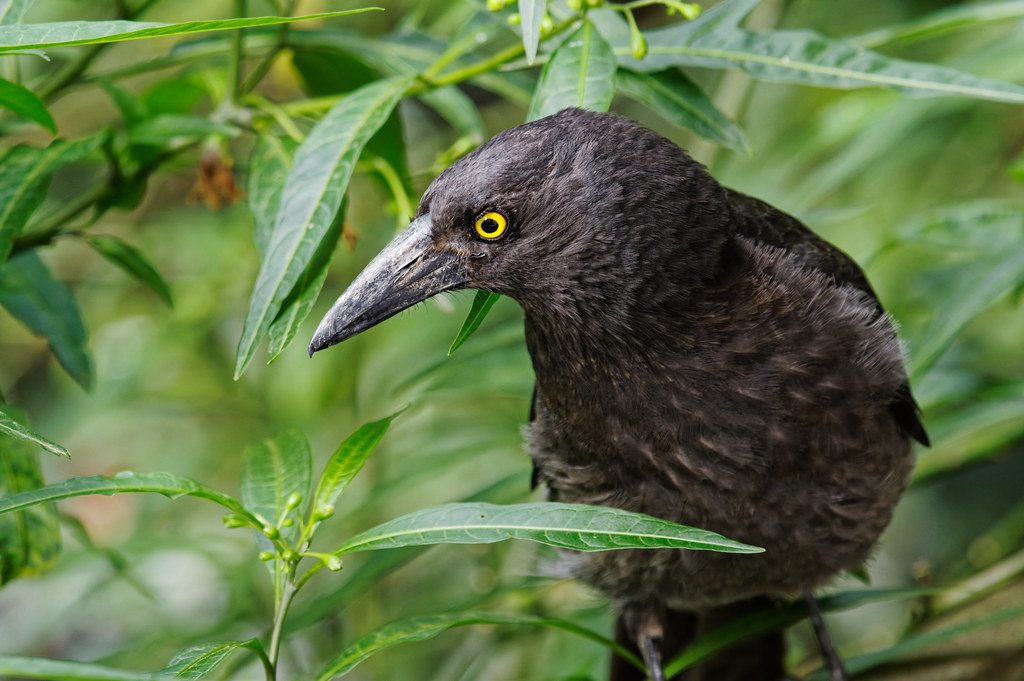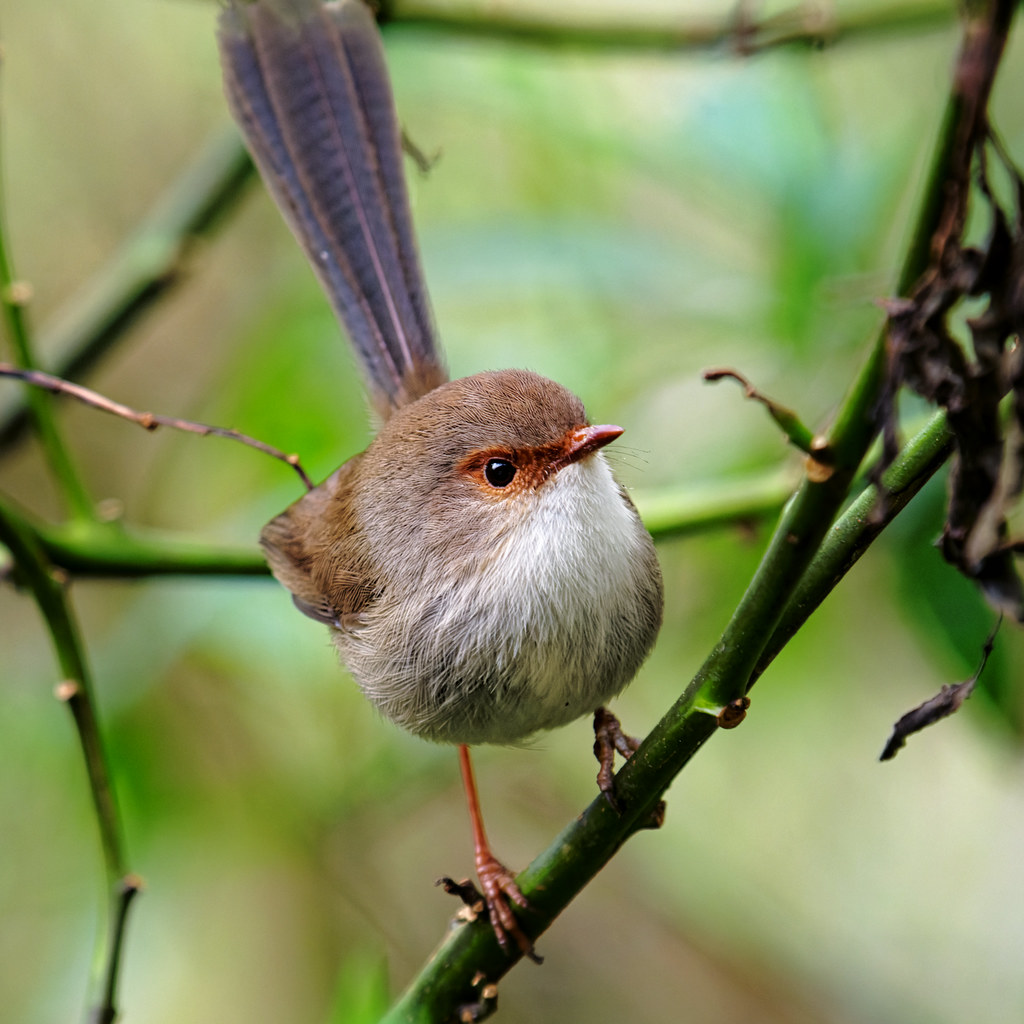 Originally posted by 35mmfilmfan
Originally posted by 35mmfilmfan 
A cheap cleaning kit may not be ideal - I used one once, and still had to pay for the sensor to be professionally cleaned ! What I do do is use a Rocket Blower EVERY time I change lenses, on the sensor and the AF sensor - this is as well as the regular monthly clean and battery-charging routine. Don't forget to use the blower on the rear element of the lenses as well - dust can lurk in there biding its time before leaping onto your nice clean sensor.
As to AF fine adjust, you may find it worthwhile to set up a testing session with the lenses you use, and adjust the AF accordingly. After all, if the lens does not focus successfully on a stationary specified subject, it is asking a lot of it to focus on a mobile one.
That might be a good idea too to test the lens on a stationary subject.
I played around with the Catch-In function today using manual focus. Though the results are similar.... then again it's using the AF sensor which didn't dawn on me until later.
AF with 9 point tests are these:
_IMG0243.jpg - Google Drive
EXIF: TAv mode shutter-1/1000s, f/8, iso 160
_IMG0268.jpg - Google Drive
EXIF: TAv mode shutter-1/1000s, f/8, iso 1600
when zooming in (50% and 100%) I think the subjects are still a little soft, this may not be anything to do with the AF but the atmospheric condition coupled with the 300mm focal length which is a little short compared to the subects size in frame
Also, it might be that I am trying to compare Pentax lenses to my Samyang and Irix which are both clinically sharp. The Pentax lenses maybe a little softer by design??
As for sensor cleaning, currently I have nothing to clean the lenses or sensor with so it will be well worth investing in something. Would anyone be able to suggest anything outside of the 'Rocket Blower'? With the kits you usually get things like wipes and carbon pen etc.... looking around VSGO seem to be popular but I don't know?


 Similar Threads
Similar Threads 


















 Post #26 by Weevil
Post #26 by Weevil








